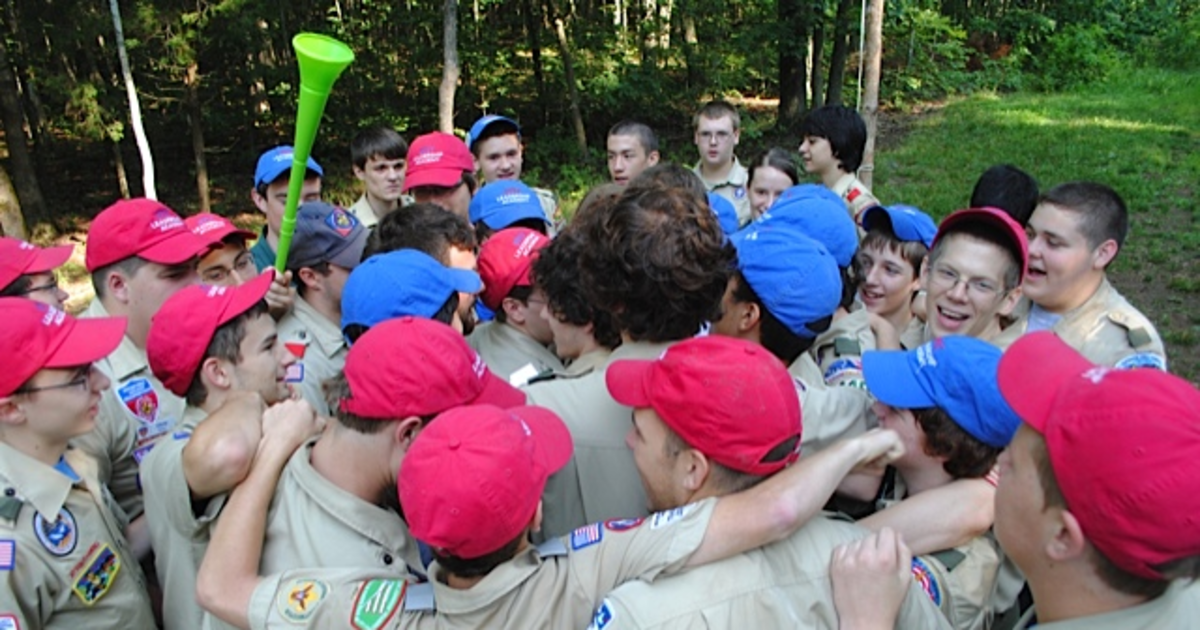In almost every NYLT problem solving workshop it is inevitable that one or more questions is answered with the words: “That should happen at staff development.”
Unfortunately, there is rarely any type of follow- up discussion of how to run staff development effectively. Thus, in the spirit of providing a resource to help both new and established courses run effective staff developments, here is a list of important parts of the staff development process
Plan Ahead and Set a Schedule
It is impossible to have a well trained staff when your staff does not attend staff development. Realizing this, it is crucial to set dates early and get prior confirmation of attendance. Depending on the time frame and the experience of your staff, 3 to 4 staff development meetings is a reasonable. In a perfect world, these would be held over a weekend at your course location. Finally, set an allowed number of absences and set consequences for exceeding this allowance limit.
Set the Mood
Before delving into the syllabus, schedule, or other curricular material, have your staff construct a vision for the course. Discuss the “Special Place” concept and what type of environment will make your course conducive to learning. By setting an initial atmosphere and creating guidelines for conduct, you assure your staff is onboard with you and will create a safe and respectful environment free of staff elitism.
Set the Example
It is unfair to ask your new staffers to practice presentations on the course material before an experienced staff member has given them an example to follow. Use staff development to foster relationships between newer staff members and experienced staff who can mentor them.
Practice, Practice, Practice
Remember, no part of the schedule is too small to plan and practice before the course. Practice everything from the morning flag ceremony to major presentations. Also, be sure to compile a list of staff responsible and equipment needed for each activity
Evaluate
Practice is not useful without effective evaluation. Have a standard evaluation process and an evaluation form that you use to provide consistent and helpful feedback. The form allows the staff being evaluated to have a physical reminder that can be used in the future. A large evaluation with the staff at the end of each staff development will also help to wrap up any remaining issues and will allow the leader to gauge where his team falls on the team development path. Remember, feedback must not be negative but constructive and helpful to foster a beneficial learning environment.
Relax
After all that hard work you deserve some time to kickback. A staff that plays together, stays together, is what I always say. Allow time of for your staff to relax and bond. This will make them much more effective in the future.
An effective staff development will lead to an effective course; so make sure yours is stellar! A staff that trusts each other and trusts its leadership will work as a cohesive unit and provide the best course possible.




